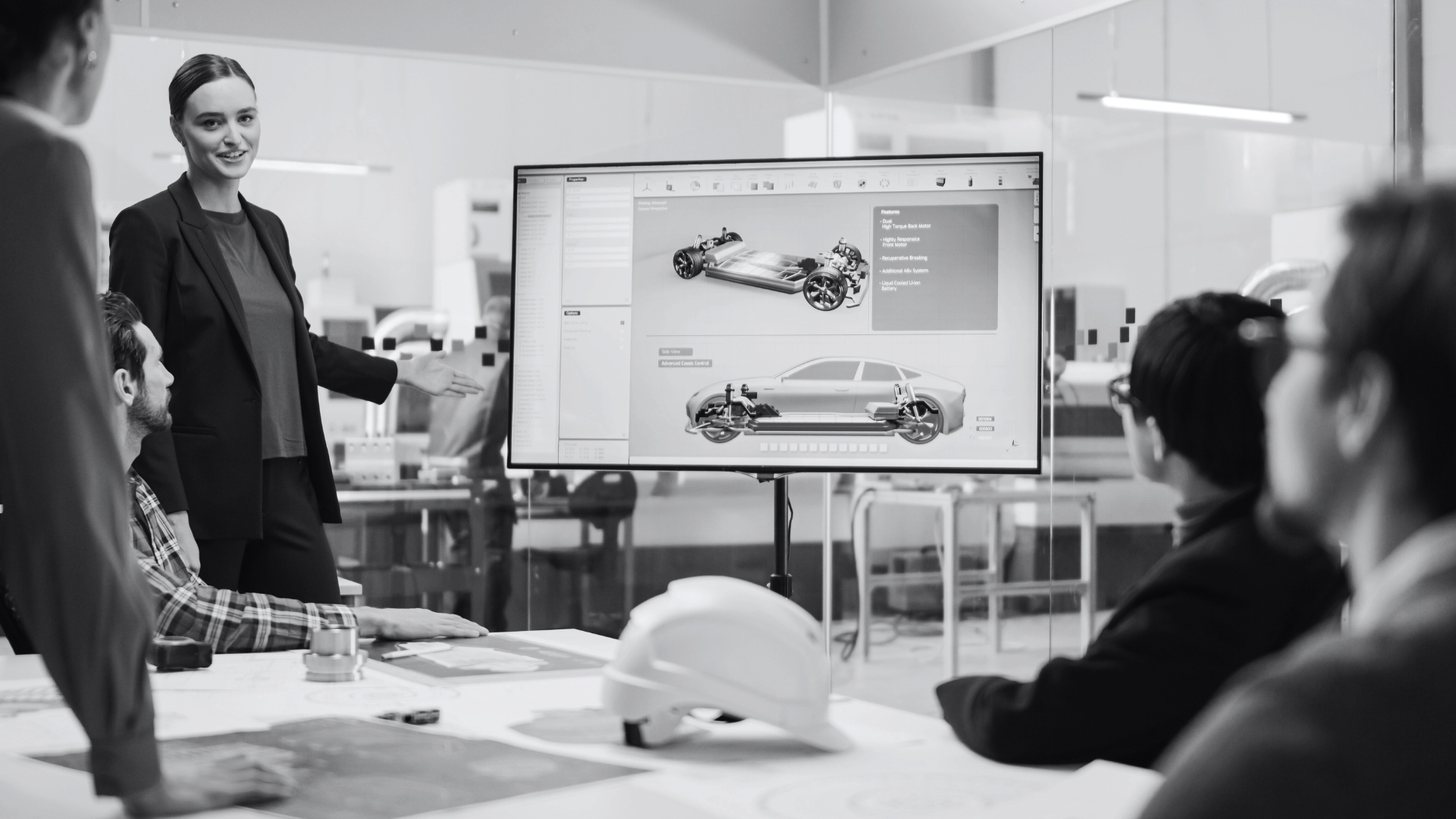
Front-Loading Cost Analysis: A Key Practice in Lean Product Development
Many companies face significant challenges in meeting cost targets. Whether they're fledgling start-ups or established conglomerates, companies often encounter a familiar scenario: as their product launch draws near, they are caught in a struggle to reduce ballooning costs. Despite efforts, companies often find themselves compelled to raise prices or compromise on product quality to meet revenue and profitability targets.
Front-loading development, a key activity within the Lean Product Development framework, addresses the challenge of controlling costs throughout the development process.
In a traditional waterfall-style approach to product development, a portfolio management team establishes revenue and profitability targets. Subsequently, cost centers, comprising various engineering and manufacturing teams, set their own objectives, operating within their respective silos, each crafting expertise-specific strategies and feature sets. The first indication of cost discrepancies arises when potential suppliers quote actual sets of drawings, followed by manufacturing complaints, unplanned regulations, and more. Design change costs increase exponentially as launch date looms, and making matters worse, the various parties become entrenched in their silo-specific strategy.
Front-loading emphasizes the importance of clearly defining product requirements and specifications early in development. This includes identifying key features, functionality, and performance criteria based on deeply understanding the customer. The process additionally involves proactively identifying and addressing potential risks and uncertainties associated with the project. This may include technical challenges, market competition, regulatory requirements, or resource constraints.
With this knowledge base, the target selling price is set based on these customer requirements and market conditions. The team can then work backwards from the target selling price to determine the allowable cost for the product, taking into account desired profit margins and competitive pricing.
The front-loading team, consisting of senior and technical experts in engineering, manufacturing, sales, supply chain, and other areas, then collaborates to identify opportunities for cost savings. This involves exploring commonization, optimizing material usage, streamlining manufacturing processes, and eliminating unnecessary features or complexity. The team works closely with suppliers to obtain cost estimates before developing any drawings, and together they explore alternative materials and opportunities for cost reduction through value engineering and supply chain optimization.
Disagreements will occur and team members will try to influence the product with their own feature-specific strategy in mind. This is to be expected. The team tackles this varying of opinion by employing trade-off curve exercises and developing minimally viable prototypes. These methods facilitate testing of various theories, setting the personality aside, leading to informed decisions that align with project objectives, customer needs, and ultimately align costs.
In my role leading the development of the 2019 Passport, Honda’s first five-passenger mid-sized SUV, our front-loading process involved exploring the reduction of complexity and cost through the commonization of many components with the platform Pilot. Deciding which specific parts should be shared presented a challenge, particularly in defining the vehicle's 'sporty' character, a distinguishing feature from the Pilot. Some advocated for a shorter front-to-rear seat distance, while others suggested an increased stance. To resolve this, we utilized shadow images – cost-effective, minimally viable prototypes – and discovered that the sportiest image was achieved with a new front end and minimal rear wheel overhang. Updating the styling accordingly resulted in a distinctively sleek and sporty vehicle.
Finally, capturing the key elements of the front-loading exercise, the concept paper plays a crucial role in ensuring alignment across the entire organization, especially in managing costs effectively. By outlining the project's objectives, scope, and anticipated outcomes, the concept paper provides a clear roadmap for all parties across the organization. Through the concept paper, stakeholders gain a shared understanding of the project's goals, strategy, features, requirements, financial parameters, target costs, and strategies for cost reduction. This alignment ensures that everyone is working towards the same cost-saving objectives, minimizing the risk of cost discrepancies and maximizing cost-saving opportunities identified during the front-loading process.
Additionally, the concept paper facilitates communication and buy-in from key stakeholders, fostering a collaborative environment conducive to achieving cost targets and delivering uncompromised customer value.
Through the front-loading process, surprises are minimized, and costs are effectively managed. The entire team, comprising engineering, manufacturing, sales, the supply chain, and other, operates in harmony. Teams can achieve early alignment, mitigate the risk of costly rework and inefficiencies, and deliver the highest value to the customer.
Interested in diving deeper into lean product development? Lara Harrington and Frank Paluch led a COE webinar on streamlining success and overcoming hurdles with lean product and process development in February 2024. A recording of the presentation is available for COE members on the Digital Content Archive. Don't have an account yet? Create an account.
Want to dive even deeper into lean processes and problem solving? The COE Summit 2024 will feature leading leading speakers and industry experts well-versed in moving from strategy development to deployment. Lara Harrington and Frank Paluch will host a workshop focused on equipping attendees with practical tools to infuse lean excellence into their product development processes and to foster a culture of continuous improvement and innovation in a fiercely competitive business environment.
The Ohio State University Center for Operational Excellence Summit, now in its 11th year, is a 3-day event dedicated focused on the latest best practices in leadership and problem-solving. With 4 engaging keynotes, 20 breakout sessions, and exclusive opportunities for networking and hands-on learning, the COE Summit is a high-value opportunity to equip your team with tools and tactics to spark sustainable transformation.
Learn more and register for the COE Summit 2024








